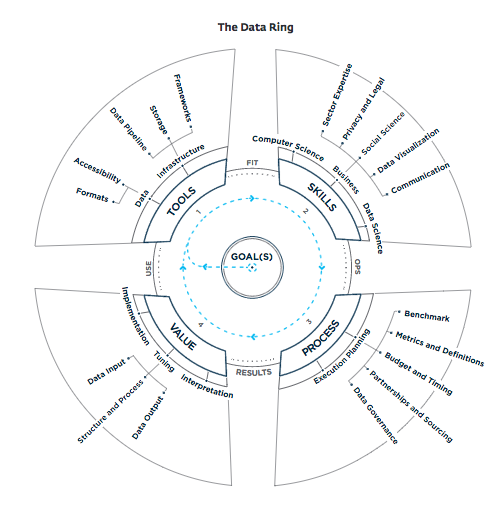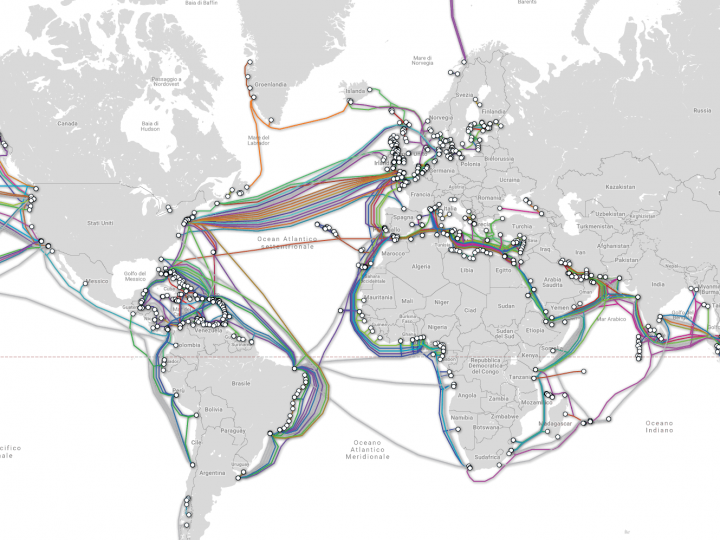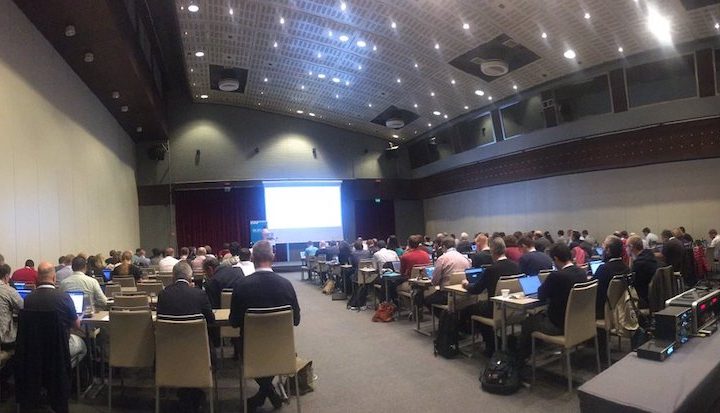A couple of weeks ago I viewed on the Netnod twitter account a post linking to their blog post titled “How to get the best out of your IX port”. As IXPs have common practises, we don’t have to re-invent the wheel so I kindly asked them to follow their steps adapting when necessary to TOP-IX services and architecture, especially at step 7. Moreover good practises are also translated in italian in order to reach a greater audience. I thank the author (Christian Lindholm) and the Netnod Marketing team for sharing their ideas, a great example of cooperation in the IXP community.
- Create an account at PeeringDB
Setting up an account at PeeringDB is an essential first step for anyone looking to exchange traffic. PeeringDB is a database of networks from around the world that peer. It lists the location and peering preferences of these networks. PeeringDB is the best way to find networks you can peer with and for them to find you. By making sure you have an up-to-date account at PeeringDB, you significantly increase your chances of making the best peering arrangements for your network. More information about how to get started with PeeringDB, including tutorials and workshop presentations, can be found here.
- Ensure your routing database information is correct
Check your routing database entry (e.g in the RIPE Database) and make sure your AS-SETs are correct. If this information is not up to date, traffic from your prefixes might be rejected. If you want to peer with an IX route server, it is essential that your routing information is correct. For more information on how to update routing information, see the RIPE NCC’s outline on their Internet Routing Registry (IRR) here.
- Peer with the TOP-IX route server
By peering with the TOP-IX route server, you can easily peer with many of other networks using just one connection. Almost 60% of the connected networks at TOP-IX are available through the route servers. It is simple to set up, and enables you to peer with a huge range of networks. More information on how this works and how to set up peering with the TOP-IX route server is available here.
- Use the TOP-IX looking glass
You can use the TOP-IX looking glass to investigate possible route discrepancies and to help validate your route server setup. It also makes it easy to search for an AS number, peer or a specific IP prefix.
- Sign your prefixes with RPKI certificates
Resource Public Key Infrastructure (RPKI) certificates and Route Origin Authorisations (ROAs) are increasingly used to secure routing and prevent BGP hijacking, according to MANRS best practises. Using the RPKI system is an effective way for networks announcing and receiving routes to ensure that the routes can be validated. This prevents routing problems, such as hijacking and leaks, leads to more secure routing and ensures that peering traffic is accepted and correctly routed. The RIPE NCC provides a useful overview of how the RPKI system works, including setup information for networks here.
- Establish direct peering relationships with other networks
Not every network peers with the route server. To establish direct peering sessions, you can use the following tools to identify these networks: the TOP-IX looking glass, PeeringDB, and the TOP-IX list of connected networks. To start, look for networks that have an “open” or “selective” peering policy and contact them to investigate if they would like to peer with your network.
- Power up your port!
TOP-IX port can be used also for other services in addition to peering.
Within TOP-IX Marketplace you can buy services such as DDoS Mitigation, IP Transit, Direct connection to the public cloud by interconnecting with other TOP-IX members qualified as sellers. TOP-IX does not interfere with the parties (buyer and sellers) but acts only as an interconnection player, setting up a private VLAN within two ports.
Another service available on the Marketplace is the Remote Peering to other IXPs, with members that are selling this option in their portfolio. In order to help its members to expand their network TOP-IX has partnership with other IXPs (France-IX, Lyon-IX and VSIX) allowing mutual remote peering services.
Last but not least, TOP-IX members can have ports in different PoPs in order to have private VLANs for transport for P2P or P2MP private connections.
If you have any questions about how to get the most from your TOP-IX port, please send an email to sales@top-ix.org.




